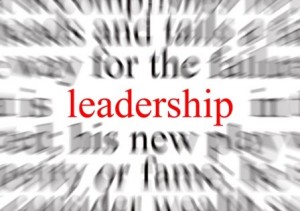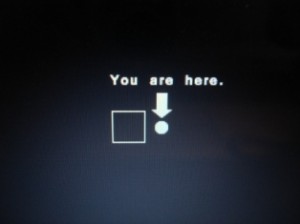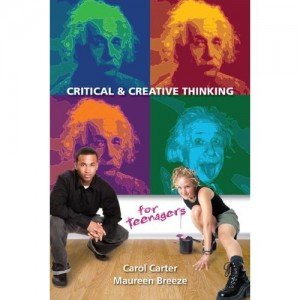This week we’ve paid tribute to the lives lost in the Tucson shooting by offering teachable moments to transform the tragedy. Next Monday we will observe Martin Luther King Day and honor the civil rights leader throughout the week by providing tips on how to incorporate his leadership, vision, and perseverance in the classroom to inspire the best in your children or your students. In his speech on Wednesday, President Obama painted a picture for America of Rep. Gabrielle Giffords and her constituents exercising their right to peaceful assembly and free speech. Obama went on to say, “That is the quintessentially American scene that was shattered by a gunman’s bullets. And the six people who lost their lives on Saturday – they too represented what is best in America.” We end this week with a Friday profile of Martin Luther King, Jr. to remember his words that lead a nation and were silenced too soon.
On this important anniversary, we might ask: Â What would Martin Luther King say to our country if he were alive today?
Martin Luther King, Jr., (January 15, 1929-April 4, 1968) was born Michael Luther King, Jr., but later had his name changed to Martin. His grandfather began the family’s long tenure as pastors of the Ebenezer Baptist Church in Atlanta, serving from 1914 to 1931; his father has served from then until the present, and from 1960 until his death Martin Luther acted as co-pastor. Martin Luther attended segregated public schools in Georgia, graduating from high school at the age of fifteen; he received the B. A. degree in 1948 from Morehouse College, a distinguished Negro institution of Atlanta from which both his father and grandfather had graduated. After three years of theological study at Crozer Theological Seminary in Pennsylvania where he was elected president of a predominantly white senior class, he was awarded the B.D. in 1951. With a fellowship won at Crozer, he enrolled in graduate studies at Boston University, completing his residence for the doctorate in 1953 and receiving the degree in 1955. In Boston he met and married Coretta Scott, a young woman of uncommon intellectual and artistic attainments. Two sons and two daughters were born into the family.
This excerpt was taken from Nobelprize.org. To read King’s entire bio click here.
![By New York World-Telegram and the Sun staff photographer: Albertin, Walter, photographer. [Public domain], via Wikimedia Commons](http://caroljcarter.com/wp-content/uploads/2011/01/446px-Martin_Luther_King_Jr_NYWTS_4-223x300.jpg)


















